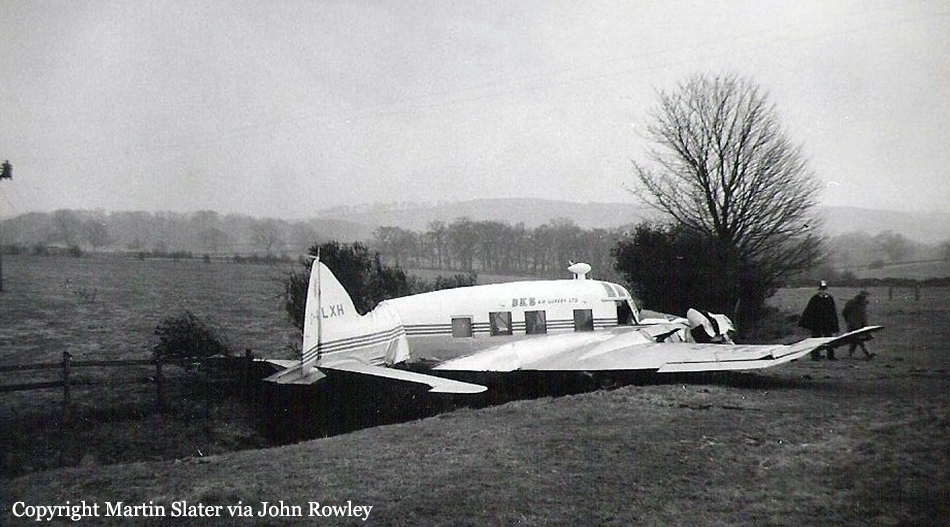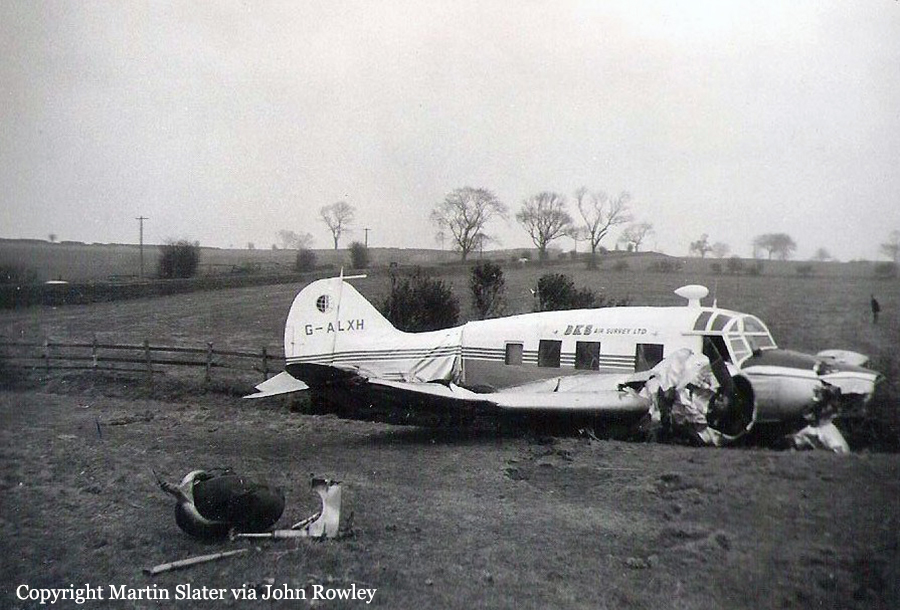Crash of a Fairchild C-82A Packet near Beaver
Date & Time:
Jan 16, 1965 at 1705 LT
Registration:
N208M
Survivors:
Yes
MSN:
10163
YOM:
1945
Crew on board:
3
Crew fatalities:
Pax on board:
0
Pax fatalities:
Other fatalities:
Total fatalities:
0
Circumstances:
While on a positioning flight to Fairbanks, both engines failed simultaneously. Unable to maintain the prescribed altitude, the crew decided to attempt an emergency landing. The airplane crash landed in a snow covered area located about 100 miles north of Fairbanks, near Beaver. All three crew members were rescued while the aircraft was damaged beyond repair.
Probable cause:
Both engines failed en route due to icing. It was determined that weather conditions were conducive to carburetor icing in flight. For unknown reason, the crew failed to use the deicing-anti-icing equipment in flight. The crew received a report of enroute sky conditions from the airline but did not receive any weather briefing.
Final Report:












